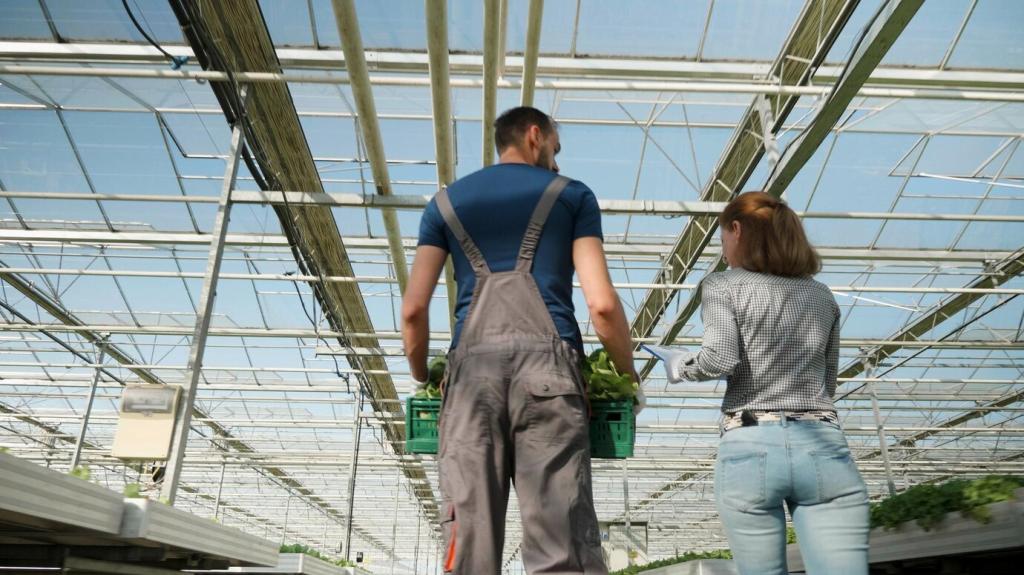How to Extend the Life of Your Furniture Sustainably
Use a soft microfiber cloth and move with the grain to avoid micro-scratches on wood finishes. A light weekly dusting prevents grime build-up that eventually requires harsher cleaning, saving your furniture’s protective coat and keeping the process perfectly sustainable and simple.
Start with Gentle, Regular Care
Vacuum fabric with a brush attachment every week, then rotate and flip cushions monthly to distribute wear evenly. Spot treat spills immediately with a mild, plant-based cleaner. Share your stain-removal success story below so others can learn low-impact tricks that actually work.
Start with Gentle, Regular Care
Repair, Don’t Replace
A wobbly chair often needs nothing more than wood glue, a proper clamp-up, and patience. I once rescued a family dining chair with a dowel, glue, and overnight clamping; it has served Sunday dinners for five more years and counting, sustainably.
Repair, Don’t Replace
For light scratches on darker woods, a walnut rubbed along the grain can visually blend marks. Deeper dents respond to a damp cloth and a hot iron to steam the fibers. Comment with your go-to method, and we’ll feature the cleverest, most sustainable fixes.
Repair, Don’t Replace
Cane seats, webbing, and loose seams are rarely terminal. Replace webbing strips, re-cane small panels, or hand-stitch seams with durable thread. The work is meditative, reduces landfill waste, and turns a tired piece into a daily reminder of craft and care.


Choose Eco-Safe Cleaners and Finishes
Mix mild castile soap with warm water for general cleaning. For wood refreshes, try a tiny amount of mineral or linseed oil, buffed well. Avoid acidic or abrasive agents. Share your trusted recipes, and let’s build a sustainable care library together, piece by piece.
Choose Eco-Safe Cleaners and Finishes
Choose finishes labeled low-VOC or zero-VOC to reduce indoor pollutants. Water-based polyurethane, hardwax oils, and shellac can be excellent options. Always ventilate and follow cure times. Drop questions below if labels confuse you—we’ll decode them with practical, sustainable guidance.
Protect Against Sun, Moisture, and Movement
Ultraviolet light fades fabrics and dries wood finishes. Use sheers, rotate pieces seasonally, or reposition sensitive items away from direct sun. If you’ve rescued a sun-faded armchair, share your restoration steps—your experience can help another reader extend a beloved piece’s life.

Upcycle with Purpose
Remove a few drawers, add shelves, and fit new, sustainably sourced hardware to turn a tired dresser into a media console. I once revived a curbside find with milk paint and reclaimed oak pulls; it became the living room’s most complimented, low-impact anchor.
Community, Sharing, and Responsible Rehoming
Invite neighbors to bring wobbly chairs and sticky drawers. Share tools, tea, and techniques. These gatherings build skills, prevent waste, and create stories people cherish. Comment if you’d like a printable checklist, and we’ll send a friendly, sustainable planning guide for hosts.


Community, Sharing, and Responsible Rehoming
Clean thoroughly, photograph clearly, and disclose quirks honestly before donating. Choose organizations that repair or resell responsibly. Not sure where to start? Ask below, mention your city, and our community will suggest reputable, sustainable donation channels and circular economy groups nearby.
